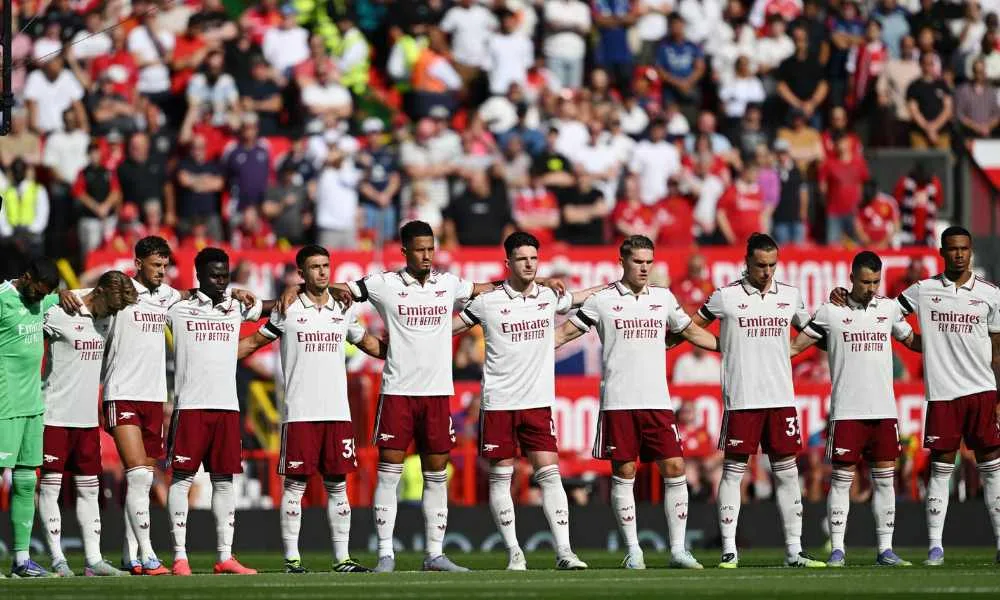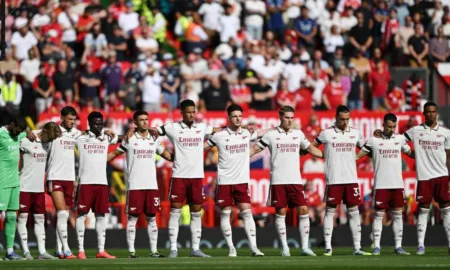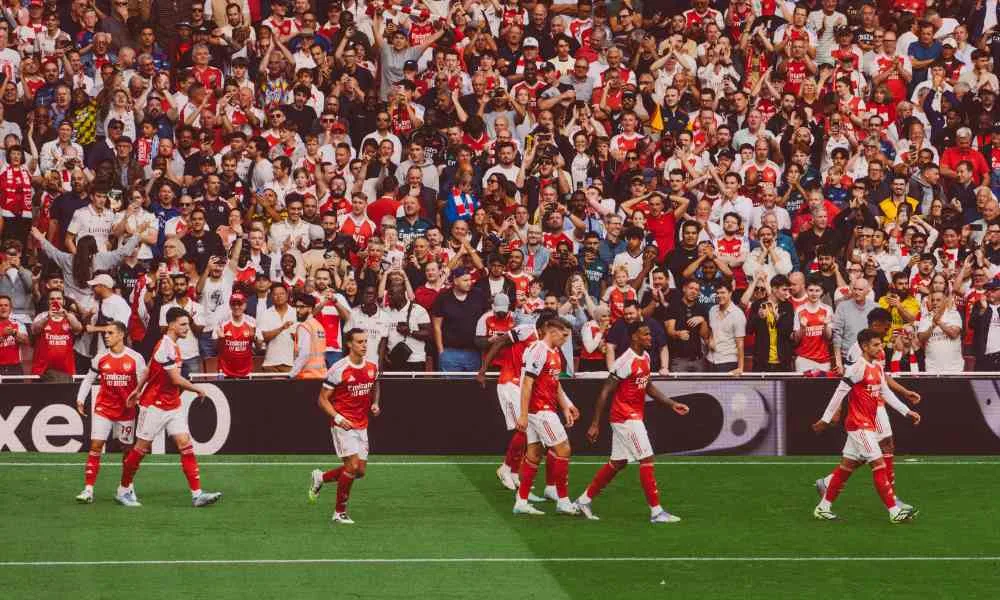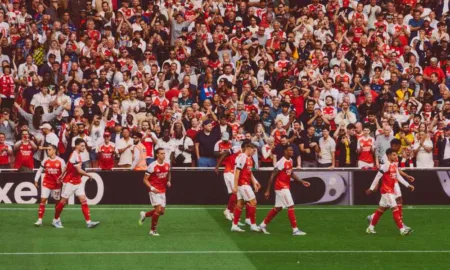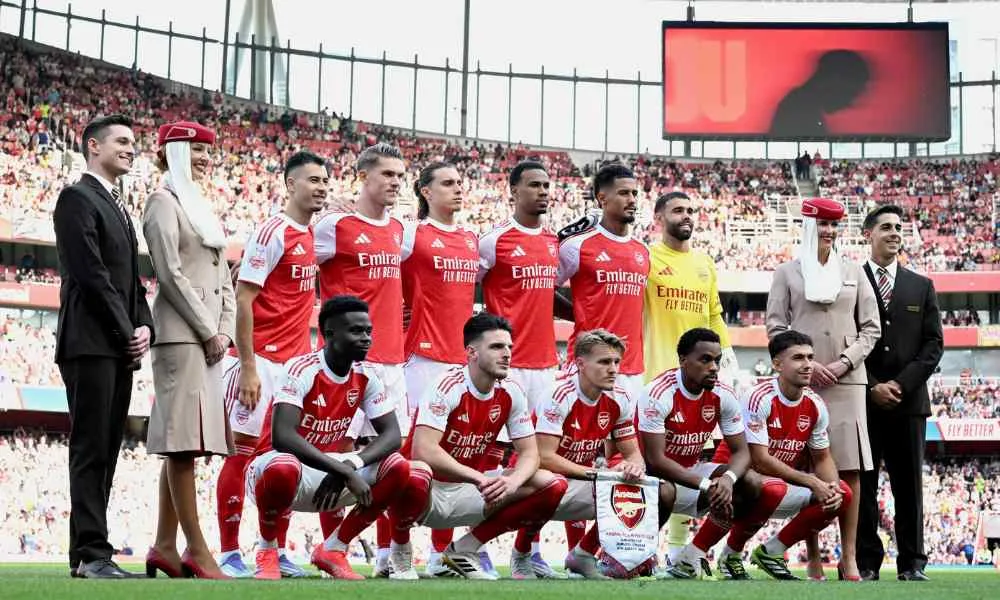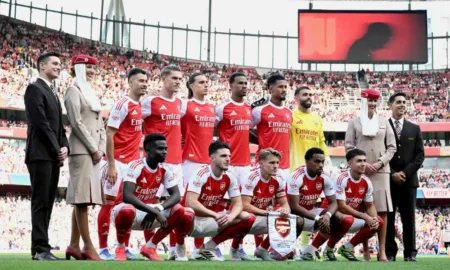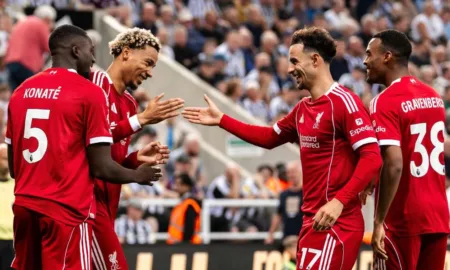In the world of professional sports, the market value of a player is a crucial factor that influences transfer deals, contract negotiations, and overall team strategies. Determining a player’s market value is a complex process that takes various factors into account. This article explores the key elements that contribute to setting a player’s market value.
1. Performance and Skill Level
The most fundamental aspect that impacts a player’s market value is their performance and skill level. Statistics such as goals scored, assists, successful passes, and defensive actions are closely analyzed to gauge a player’s impact on the field. The more consistent and exceptional a player’s performance, the higher their market value is likely to be.
2. Age and Potential
A player’s age plays a significant role in determining their market value. Younger players with immense potential often attract higher valuations, as clubs view them as long-term investments. On the other hand, older players, even if they have a remarkable track record, may see a decline in their market value due to concerns about their future performance and potential for resale.
3. Contract Situation
The length and terms of a player’s current contract also influence their market value. If a player has a long-term contract with their current club, it may increase their value as the selling club holds a stronger negotiating position. Conversely, a player in the final year of their contract may have a lower value, as their club might be compelled to sell to avoid losing them on a free transfer.
4. International Reputation
A player’s reputation on the international stage can significantly impact their market value. Stellar performances in major tournaments or consistently impressive displays for their national team can elevate a player’s status, making them more desirable to potential buyers.
5. Market Demand and Competition
The principles of supply and demand play a crucial role in determining a player’s value. If multiple clubs express interest in a particular player, a bidding war can ensue, driving the player’s price up. Additionally, the financial strength of the interested clubs can influence the final transfer fee.
6. Media and Sponsorship Appeal
A player’s off-field appeal can also affect their market value. Factors such as media presence, social media following, and sponsorship deals can add value to a player beyond their on-field abilities. Moreover, marketable players can attract more revenue streams for their new club.
Read More -: AIFF Club Licensing Committee grants exemptions to nine ISL & I-League Clubs
7. Injuries and Fitness
A player’s injury history and overall fitness record are considered by clubs before setting a market value. Frequent or severe injuries may deter potential buyers, while a clean bill of health can enhance a player’s worth.
In conclusion, determining a player’s market value is a multi-faceted process that involves evaluating their performance, age, contract situation, reputation, demand, and off-field appeal. Clubs and analysts meticulously assess these factors to arrive at a reasonable value that ensures a fair deal for both the buying and selling parties. Ultimately, a player’s market value is a reflection of their overall worth in the highly competitive world of professional sports.
Don’t forget to follow our Twitter page for more updates










